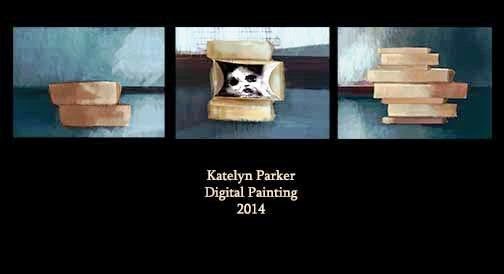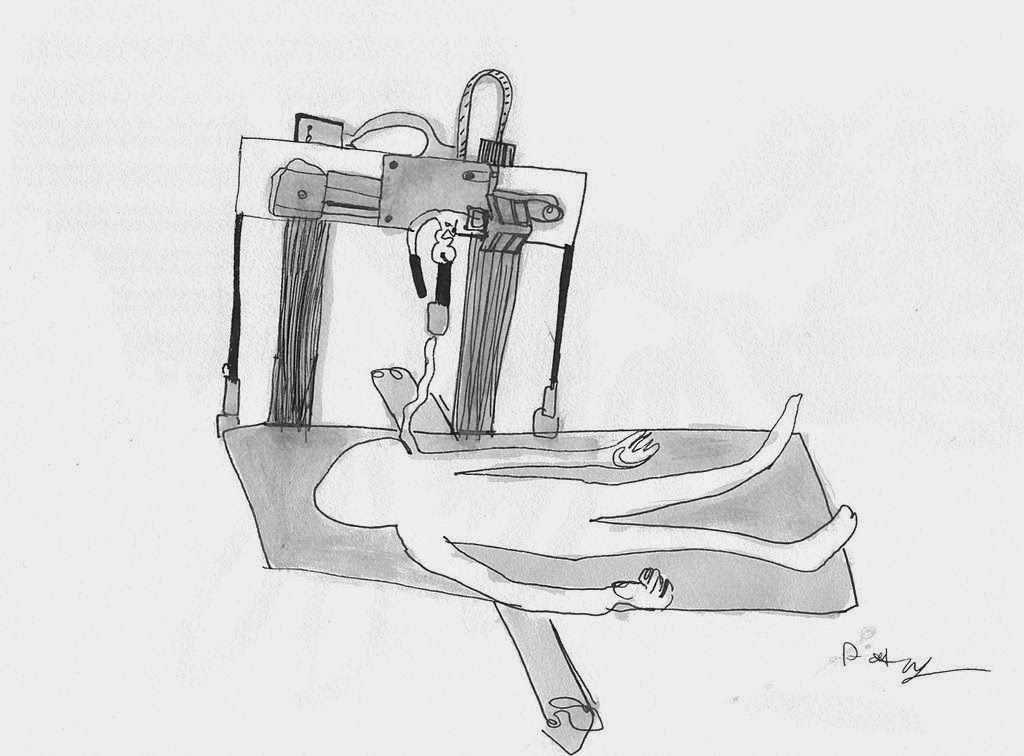Classically Cupid
 |
| Katelyn Parker, 2014. |
The body of work I am developing for my final year of my degree reflects on the beauty of the myth of Cupid and Psyche. This first thread focuses on aspects of the original narrative that have fallen, discarded, along the way as Western civilisations have found new uses for Cupid within their own consumer cultures. Even as far back as the Renaissance consumers in the West have found the figure of Cupid alluring and desirable. Centuries after the Old Masters described the myth, with alterations, in their grand and epic oil paintings for wealthy patrons, consumer culture still has a use for the central figure of the myth. Psyche has largely fallen by the wayside, no longer really part of contemporary understanding of the myth.
In the image above I am trying to reacquaint the viewer with the essence of the original narrative. A big part of this is to re-establish Cupid as being an adolescent male rather than the sentimentally kitsch chubby cherub of the Renaissance period.
Figure stock fro the Public Domain retrieved from Wikimedia Commons
Textures by NinjaRabbit-Stock


















